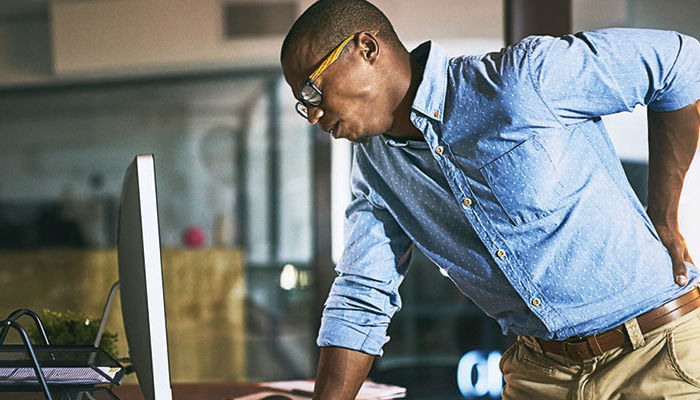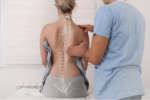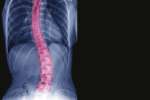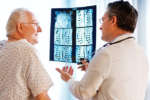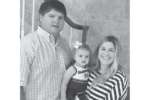It’s easy to forget how intricately your body is interconnected. When one part is impaired, many other parts are affected. You may be tempted to isolate various body parts believing that the weakness you feel in your legs or the pain associated with standing for too long means there is an issue with your legs. Is the numbness in your hands and arms the result of a problem in your arm? In many cases, these are the symptoms of a back problem. The health of your spine has a direct influence on the rest of your body. So when something goes wrong in your spine—a disc shifts, a vertebrae cracks, or the nerves become inflamed—other parts of your body suffer.
What is Spinal Stenosis?
Spinal stenosis occurs when the spaces along the spine narrow, putting pressure on the nerves that travel through the spinal canal. A narrowing of the spine is a relatively normal degenerative process that affects many men and women over the age of 50. Osteoarthritis is the main cause of spinal stenosis and is related to aging of the spine and the discs between vertebrae. Spinal stenosis can also occur as a result of bulging discs or calcification of ligaments in your back.
Over time, if the spine becomes too narrow and the pressure too strong, uncomfortable symptoms arise. There are two types of spinal stenosis that affect different parts of your body. When the narrowing takes place in your neck, cervical stenosis is diagnosed. Cervical stenosis causes tingling or numbness in your arms, hands, legs, or feet. Neck pain and problems balancing are also products of cervical stenosis. In severe cases, urinary incontinence may occur. The second and most common type of spinal stenosis is lumbar stenosis. In this case, the narrowing occurs in your lower back. Signs of lumbar stenosis include weakness or numbness in your feet or legs, back pain, or cramping in your legs when you stand or walk. Typically this pain is alleviated when you bend over or sit down.
Diagnosis and Treatment
When the symptoms listed above are evident, it’s important to call your doctor. A diagnostic test will take place accompanied by an MRI scan to confirm the type of spinal stenosis. The sooner spinal stenosis is diagnosed, the faster treatment can take place to alleviate your pain. In most cases, non-operative treatment is available. It may be as simple as weight loss and aerobic exercise. The loss of weight helps to relieve excess pressure on your spine and exercise promotes flexibility and strong muscles which reduces the pain. The next level of treatment includes physical therapy and pain management.
Your physical therapist will emphasize strength and flexibility in your arms, hips, and upper legs (quadriceps and hamstrings) to enhance your balance and your ability to walk without pain. In severe cases, surgery may be required. A decompression laminectomy creates more space in the spine for the nerves to travel through the spinal canal without pinching. This surgery removes any structure that compresses the spine and concludes with a spinal fusion to correct instability.
Why NewSouth NeuroSpine?
NewSouth NeuroSpine is home to Mississippi’s leading spine specialists dedicated to treating your conditions. Our spinal intervention team will walk you through every step from diagnosis to treatment options, including physical therapy and minimally invasive procedures. We also have a state of the art physical therapy center available to help manage your pain associated with spinal stenosis. But if surgery is needed, our surgical team is highly trained in the most advanced techniques. You’ll receive individual, quality care from the point of diagnosis onward. All you need to do is make an appointment with NewSouth NeuroSpine today.


